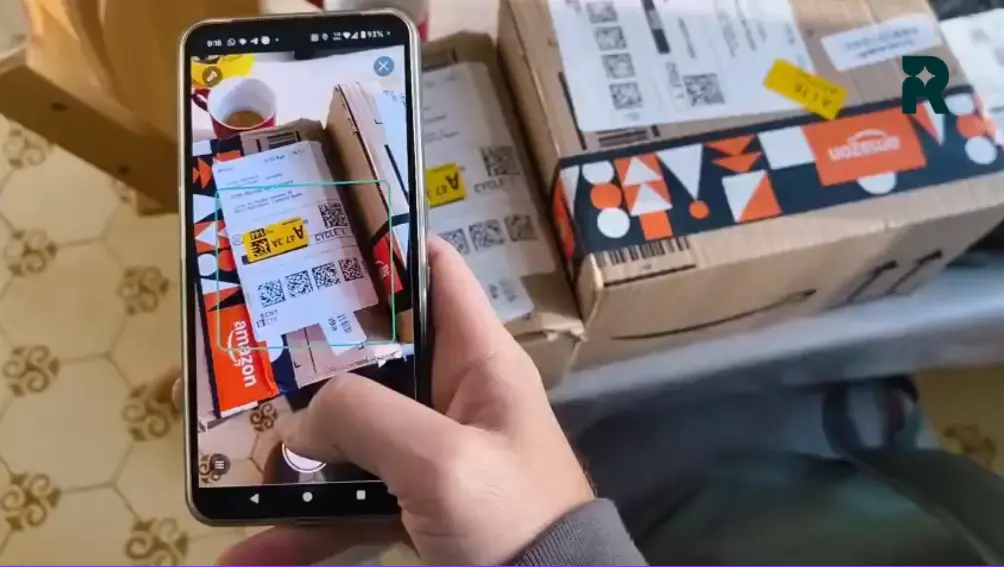Logistics Department: Main Functions and Profiles
.webp)
The logistics department is the operational heart of any company that handles distribution, transportation or merchandise management. Its importance lies in ensuring that products arrive at the right place, at the right time and with the most efficient costs. But what exactly does this department do? What are the profiles that make it up? In this article, we'll explore their key functions and main roles.
What is the logistics department?
The logistics department is responsible for planning, executing and overseeing the movement and storage of goods, services and information along the supply chain. This includes activities such as inventory management, designing transportation routes, and coordinating with suppliers and customers.
The main objective is to optimize processes to reduce costs, improve time and ensure customer satisfaction.
Main functions of the logistics department
1. Supply chain planning
This team ensures that every step of the logistics process is aligned with the company's goals. It focuses on anticipating demand, managing resources and avoiding bottlenecks.
2. Inventory Management
Controlling inventory is crucial to avoid unnecessary costs, such as excess stock or lack of products. This includes monitoring stock in real time and maintaining the perfect balance between supply and demand.
3. Transportation and distribution coordination
Ensuring that products arrive at their destination efficiently is essential. This involves designing optimal routes, choosing the right means of transport and managing deliveries.
4. Relationship with suppliers and customers
The logistics department acts as an intermediary between the company and its business partners. Negotiate deadlines, prices and terms with suppliers and ensure end customer satisfaction.
5. Process analysis and optimization
Measuring performance and finding areas for improvement is a constant function. This includes the use of technological tools such as Routal to optimize routes and reduce operating costs.
Main profiles in the logistics department
The logistics team is usually made up of professionals with both technical and organizational skills. The following are the most common roles:
1. Logistics Manager
Responsible for overseeing the entire department, from strategic planning to the execution of operations. He is the one who makes key decisions to ensure that processes work efficiently.
2. Transportation Coordinator
Responsible for planning routes, managing fleets and ensuring that shipments arrive on time. Their work is essential to reduce costs and meet deadlines.
3. Logistics Analyst
This profile focuses on analyzing data and metrics to improve processes. It uses technological tools to identify areas for improvement in the supply chain.
4. Inventory Manager
It ensures that inventory levels are adequate, minimizing storage costs and avoiding stock breaks.
5. Customer Care Specialist
Work directly with customers to resolve issues, manage returns and ensure a positive experience.
Technology as an ally of the logistics department
Currently, tools such as Routal are essential for logistics departments. By optimizing transport routes, automating planning and providing real-time analysis, they allow teams to work more efficiently and focus on strategic tasks.
Conclusion
The logistics department is a key part of any company that manages products. Its functions go beyond transportation; they involve strategic planning, constant analysis and customer service. In addition, the profiles that make up this team provide unique skills that allow each link in the supply chain to work perfectly.
With appropriate technological tools, such as Routal, the success of this department is more assured than ever.
Is your company looking to optimize its last-mile logistics?
Find out how Routal can help you reduce costs, improve delivery times and increase customer satisfaction. 🚛✨
Suggested image
A modern design that represents a logistics team in action, showing a combination of technology and human work. Ideally, an on-screen digital map, an organized warehouse, and people planning routes or supervising processes.
What do you think? Would you add more profiles or functions? Write to us in the comments.




%20(22).webp)
%20(12).webp)
%20(11).webp)


.png)


